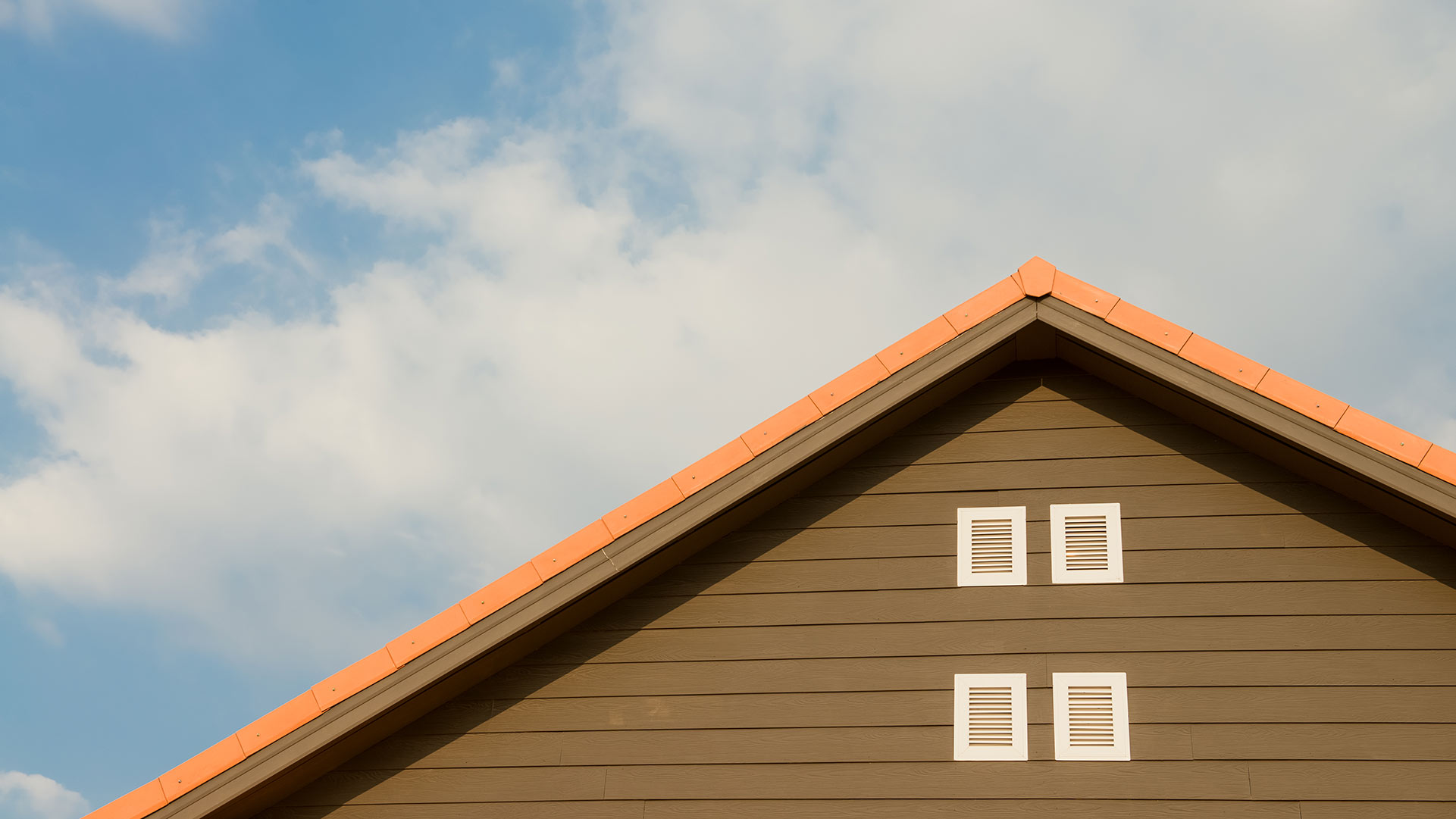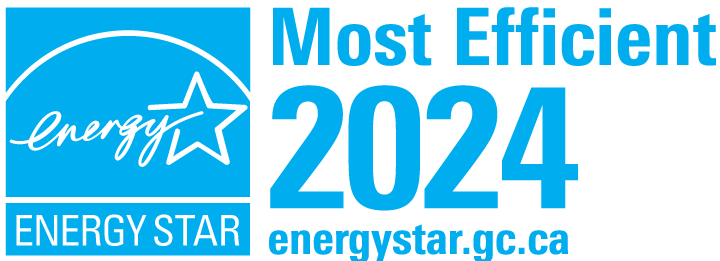Energy efficiency has become a hot topic over the past few year, especially when it comes to home renovations and home upgrades. With rising electricity and energy prices, and a stronger focus on environmental conservation, energy efficiency plays an important role when making these purchase decisions. We break down energy efficiency for your improvement products for your home, and let you know what to look for when shopping.

You can make any home energy efficient.
No matter when it was built, any home can be energy-efficient. Today's modern construction standards ask for greater energy efficiency in new homes, but even older homes can be upgraded to improve their energy performance. Energy efficiency doesn't only rely on the products or buildings that make up the house, but also the people and their habits. The people in the house can be energy efficient in their day-to-day habits, increasing the overall efficiency of the house.
Energy efficient homes are :
- Cost-effective
- Comfortable and healthy
- Always adding value
- Kind to the environment
What makes a home energy efficient?
Airtight Construction
Airtight construction, or airtightness, simply means that there are no unintended gaps in the building envelope that allow air to leak in or out of the building. Working towards airtightness will ensure that no cold draughts are coming in during the cold seasons, and no cold air is esacaping during the hotter months. In existing homes, making a building completely airtight can be an expensive process. Here are some tips to make your home more airtight:
- Ensure that the seals around your windows and doors are properly installed and functioning
- Ensure that there is expanding foam insulation applied between your door and window frames and their rough openings.
- Apply some expanding foam around the wood/concrete interface in your basements
- Seal any unused holes in your building facade.
High-performing or Energy Star Windows
Getting high-performing or Energy Star Windows can not only help with making your home more airtight, but they can also add inulating and energy capturing properties to your home. Some high performing windows, like our Nordik RevoCell® line of windows, have an invisibly thin metallic coating is baked onto one or more of the glass pane surfaces, reflecting most of the heat in the form of infrared radiation back inside the home during winter and outside during summer, while letting most visible light pass through.
LED or Energy Star Lighting
LEDs are small, very efficient solid bulbs. New LED bulbs are grouped in clusters with diffuser lenses, which have broadened the applications for LED use in the home. LED technology is advancing rapidly, with many new bulb styles available. Initially more expensive than CFLs, LEDs now bring more value since they last longer. LED bulbs used in fixtures inside the home save electricity, remain cool, and save money on replacement costs since LED bulbs last so long.
High efficiency appliances and equipment
In home appliances are a large consumer of energy. Fridges, stoves, dishwashers, furnaces, heaters and water heaters are a few common examples of appliances that are generally available in Energy Efficient models. You can typically find the Energy Star rating when shopping for these appliances. If it’s got a great EnerGuide rating. it means it’s well insulated and airtight, with high-efficiency heating and cooling equipment that helps keep utility bills low. They can also be outfitted with low-flow accessories to lower water consumption and water-heating costs.

